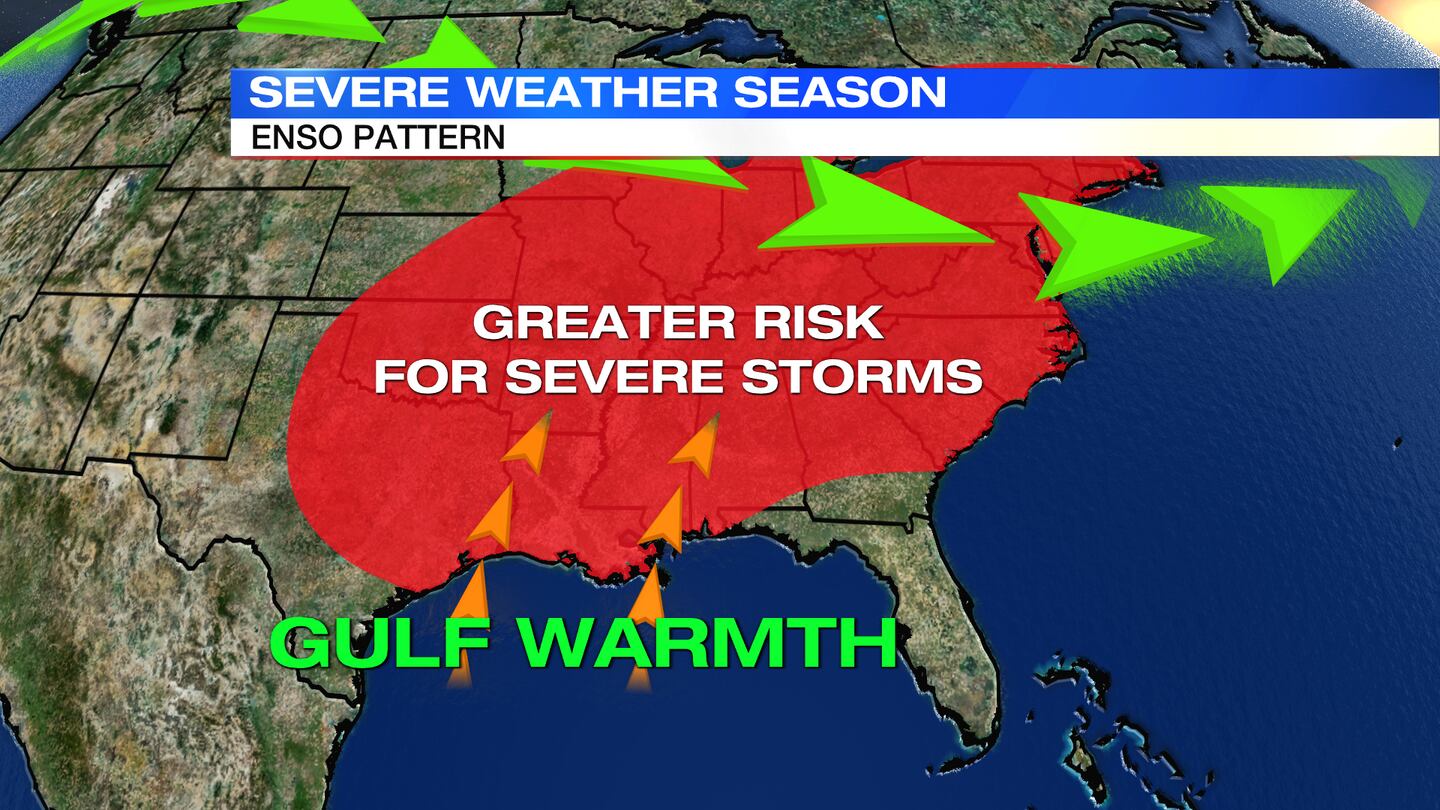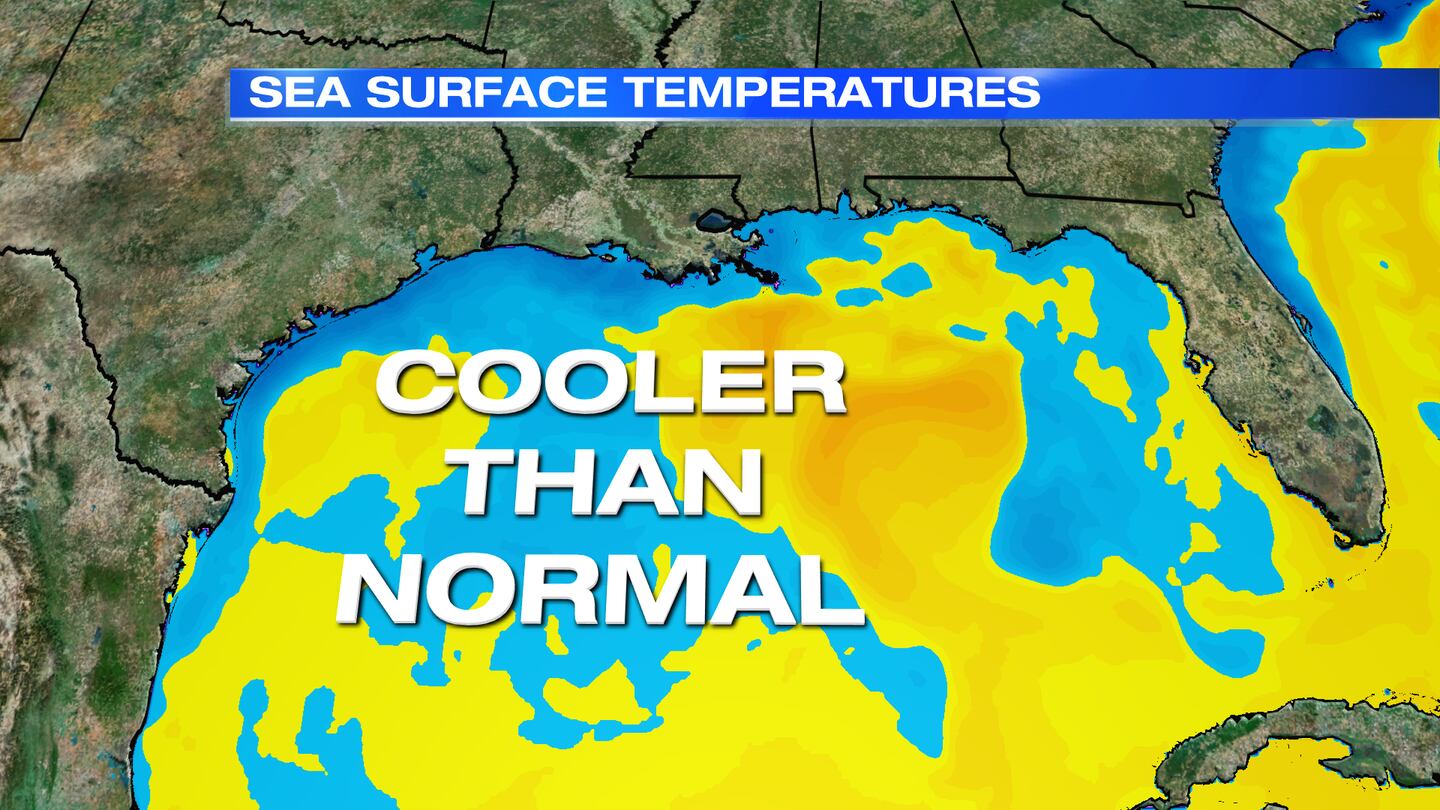After a cold and snowy February, many Miami Valley residents are looking forward to spring. But, with warmer temperatures comes the threat of severe weather. That’s why I’m taking a deep dive into what southwest Ohio can expect for Spring 2021.
In any given year, severe weather season in the Miami Valley typically ramps up during the month of April with the most intense storms in May and June. This was clearly the case in 2019 on Memorial Day when 15 tornadoes ripped through the Miami Valley.
This year there are two key global trends that I’m taking into consideration when making my forecast.
The first pattern is La Niña. You’ve likely heard me talk about it during the winter months, but an article published in the Journal of Applied Meteorology and Climatology in 2017 presented a correlation between La Niña and severe weather season. This article stated during La Niña springs, severe weather appeared to start earlier in the year and produce more frequent severe storms, including hail and tornadoes.
This conclusion was based on the location of the Pacific jet stream set up much further north in the United States during a La Niña, allowing warm Gulf moisture to move inland. During El Niño, the Pacific jet stays further south, cutting off the supply of warm, moist air from intruding to far inland.
The second pattern that’s interesting to watch is how the arctic blast of mid-February across the country may have an impact on severe weather. The extreme cold reaching as far south as Texas caused the sea surface temperatures of the Gulf of Mexico to be cooled. The abnormally cooler waters have been theorized to perhaps delay the onset of severe weather in the county.
With all that said, I’m watching for an early start to severe weather season. There are questions as to whether the cooler Gulf waters could delay the severe season, but I believe La Niña will be the greater influence. This pattern also lends itself to a warmer and wetter than normal pattern for the state of Ohio. The same could be said for nearby states, including Indiana, Michigan, and Kentucky.
If you are planning an out-of-town vacation over the next few months, you should anticipate a higher frequency of storms through the Great Plains, Tennessee, and Ohio Valley. Hot and dry weather is expected in the southwest and southeast of the United State. But, keep in mind, dry air could also fuel very strong thunderstorms. While Texas, Arizona, Georgia, and Florida may end drier than normal, the threat for intense severe storms is likely.
Cox Media Group












